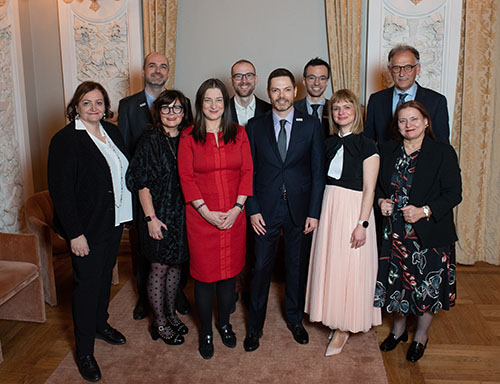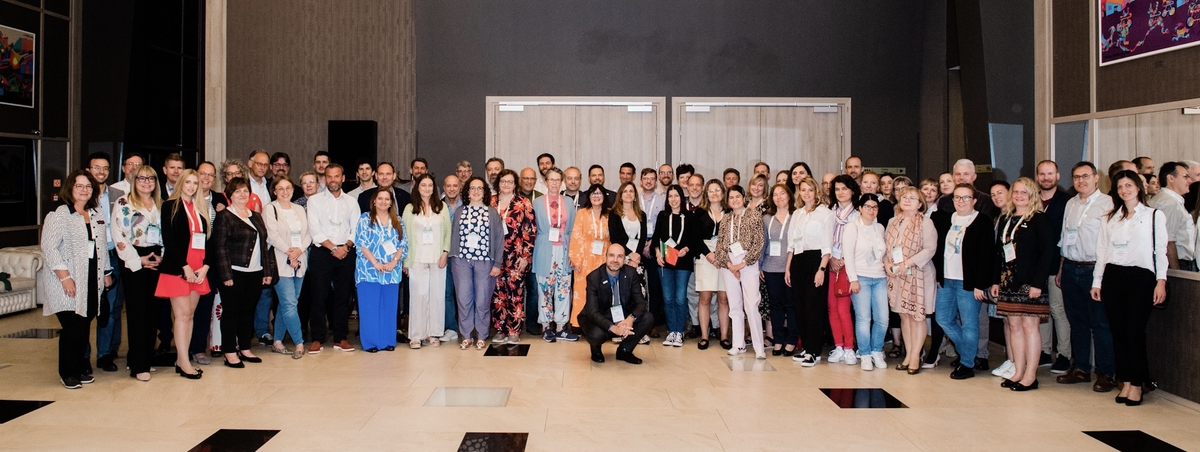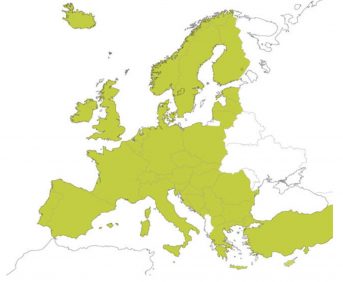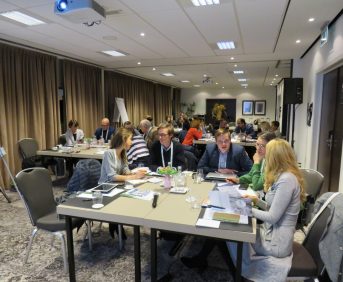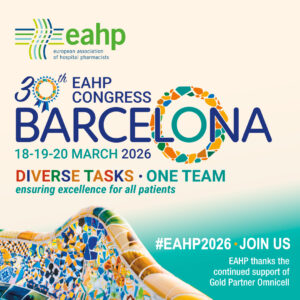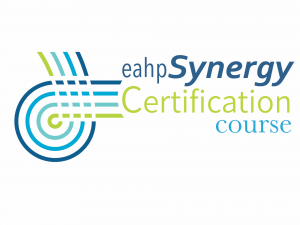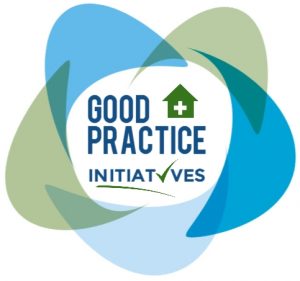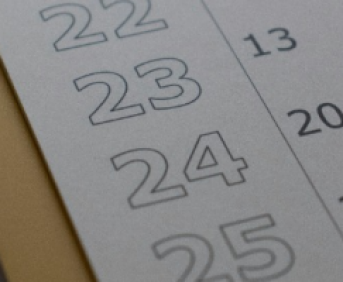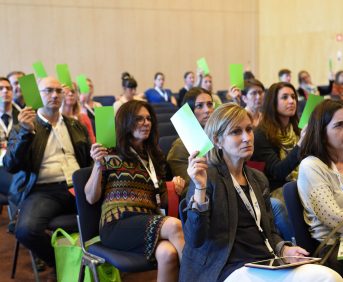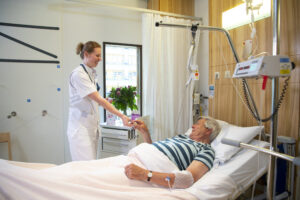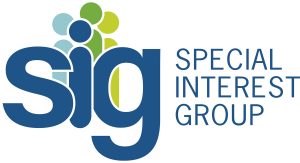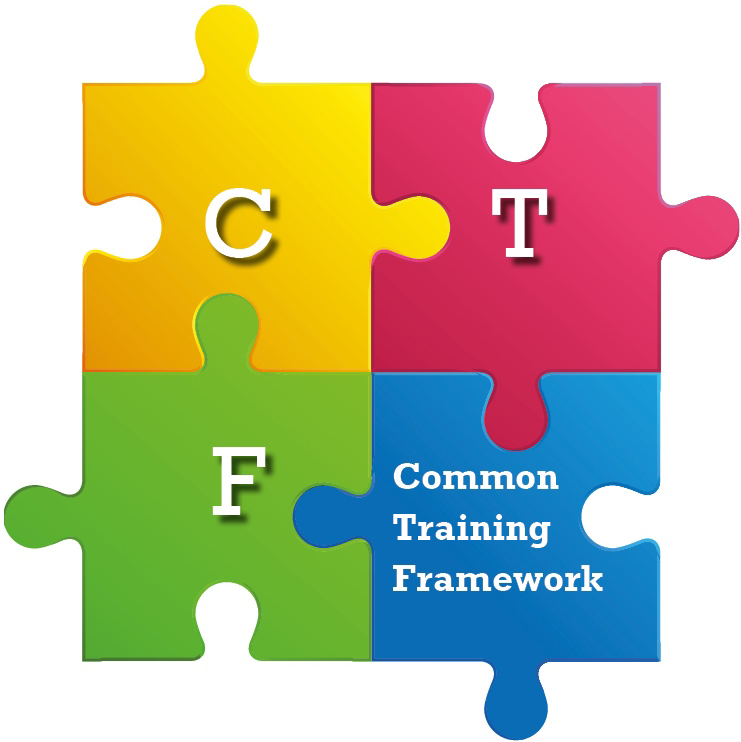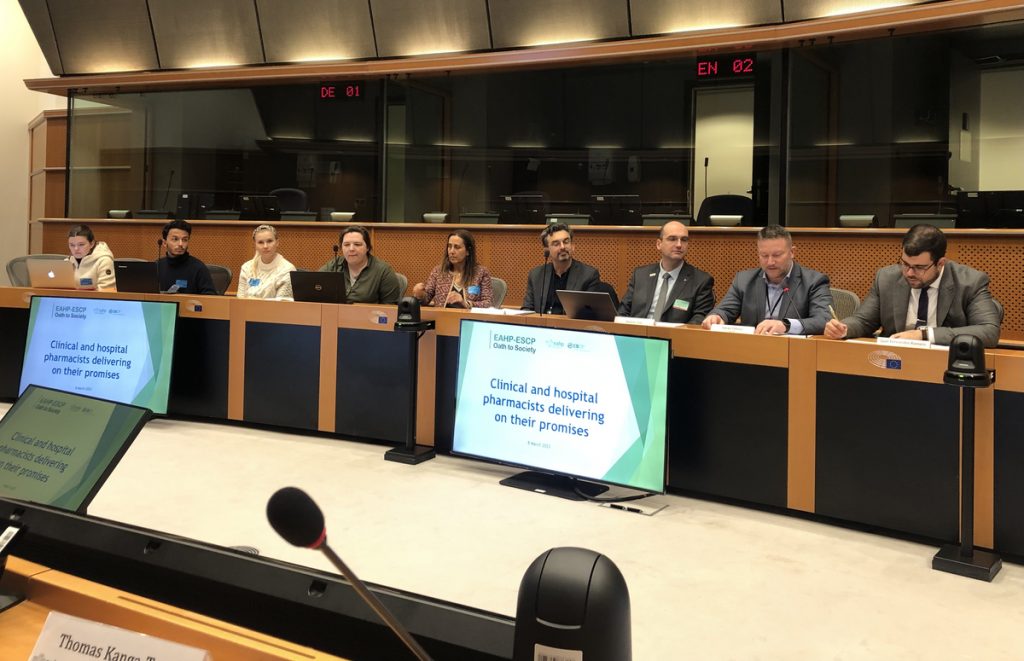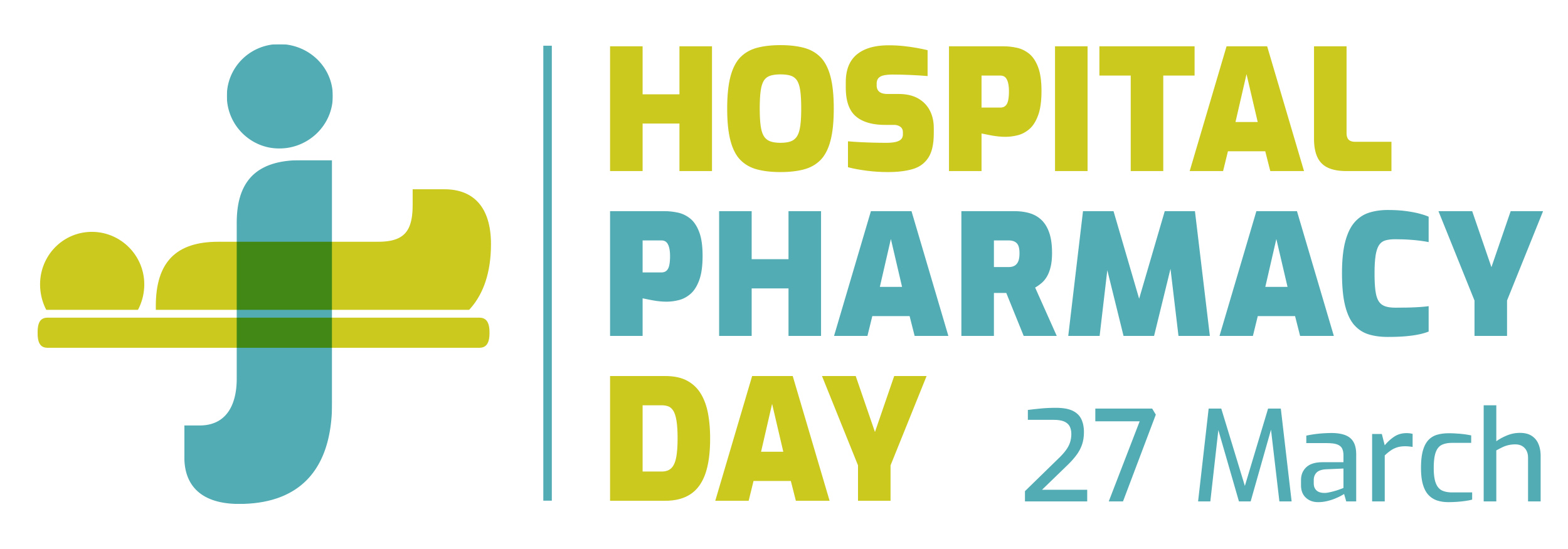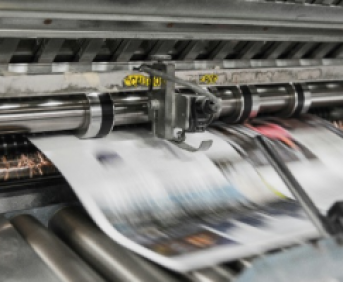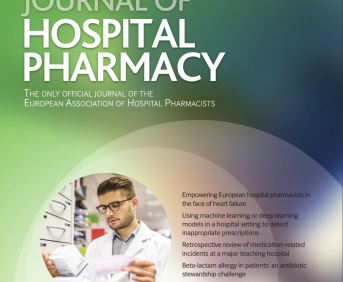Link to EAHP Statements
- Section 4 – Clinical Pharmacy: Statements – 4.8
- Section 5 – Patient Safety and Quality Assurance: Statements – 5.1, 5.2, 5.5
Abstract
What else can we do to further improve medication safety in hospitals? And how can we do this in a positive, effective, and efficient way? How can we learn from everyday practice?
In the first part of the seminar, we will try to answer these questions. The Safety-II approach, its importance and the need to combine it with Safety-I activities, will be explained. Furthermore, several Safety-II initiatives, that can be easily implemented in all hospitals to improve medication safety, will be discussed. As an example, a project about double-checking of parenteral drugs before administration will be presented. While we know that there is a gap between ‘work as done’ and ‘work as imagined’ in double-checking, how can we learn from ‘work as done’ to improve medication safety?
The second part of the seminar will focus on a medication safety initiative which supports safe prescribing and is based on the principles of microlearning. This project involves the compilation of concise knowledge nuggets called ‘Medication Safety Minutes’ – and their communication to frontline hospital prescribers. The ‘Minutes’ blend aspects of Safety-I and Safety-II in that they identify learning points from medication safety events but also highlight or launch aspects of best practice or clinical decision supports to reduce future risk in the organisation – all in a message which takes approximately 60 seconds to read and assimilate. Factors central to success of this project are the innovative design of the messages (very brief, question and answer-style format with minimal text and evocative graphics), along with the use of modes of communication not conventionally employed in medical education, i.e., messaging applications on mobile devices and social media. The initiative is highly transferable to other healthcare settings.
Learning objectives
After the session, the participant should be able to:
- To describe and compare the principles of Safety-I and Safety-II and how they can be used to improve medication safety
- To identify how learning can be extracted from medication errors and near misses and leveraged for quality improvement
- To recognise how the medication safety initiatives described might be adapted and adopted in their own hospitals to reduce risk
Educational need addressed
This session will demonstrate how hospital pharmacists can employ the principles of Safety-II in tandem with Safety-I to drive a positive safety culture, optimise the learning opportunities arising from errors and near misses, and propagate an awareness of, and alignment with, ‘best’ practice in the safe use of medications.
Keywords
Interprofessional, medication safety, medication errors
